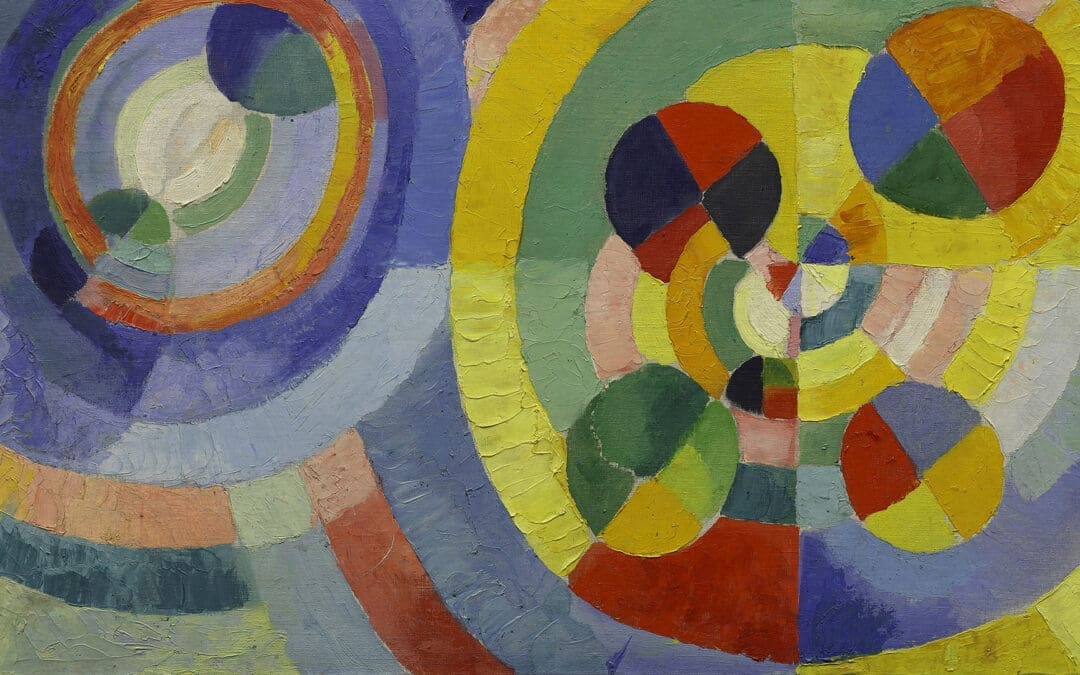I’m not normally one of those Monday morning pundits who says “I knew it!” when a sports team wins or loses. Much of the joy of sport is not knowing the outcome in advance.
But watching Tessa Virtue and her partner Scott Moir warm up for their gold-medal performance in ice dancing at the 2010 Olympic Games on Monday, I knew it.
How did I know? By the look in Tessa Virtue’s eyes. Figure skaters are uniquely vulnerable among athletes (and if you don’t believe they are athletes, just try doing what they do for thirty seconds or so), unprotected by helmets, padding, or uniforms, and thanks to television, shown to us in high definition and extreme close-up. Like you, I am accustomed to seeing skaters looking fearful, concerned, serious, or, more commonly, wearing a cheesy Sunday-morning grin that says “I’m very nervous, but my coach told me to look happy.” Tessa Virtue was none of these things on Monday, February 22nd.
 |
I was transfixed watching her warm up, watching her wait in the underbelly of the arena, watching her and Moir take the ice. Her expression was not one of fear, worry, or phony confidence. It was one of joy—sheer delight. It was as if she knew, and could not conceal, the fact, that Monday would be her night. As in fact it was.
And it was a particular kind of delight I saw in her face. Not the “happy to be here” joy of someone who has barely qualified. Not the “I don’t care what happens” joy of a snowboarder who really doesn’t. This was the joy of someone who has mastered a difficult task, and who is ready to perform it, and who knows she is ready, and who can’t wait to let the world see what she and her partner can do. It is the joy of mastery.
Most of us, living our “lives of quiet desperation,” seldom get to experience the joy of mastery. Our lives our too contingent, too distracted, too undone by all the other things that need doing to focus completely, fully, one the one thing that needs doing most. It was clear, watching Tessa Virtue, that she wasn’t thinking about media interviews, paying her credit card bill, or whether she had remembered to feed the cat. She was utterly, completely in the moment, and the look on her face was one I will not soon forget. I long for that look: the look of being utterly about one’s business in such a way that nothing else matters. I imagine it was the look on Mary’s face when she set aside her hostess duties to sit at the feet of the Master. Certainly it was not the look on her harried sister’s.
Go to YouTube, or Hulu, or CTV (Canada), or NBC (USA), and look for the video. Not the video of Virtue and Moir’s performance, which was nothing less than stellar. Look for the video of their warm-up. Look at Virtue. Look past the too-heavy makeup and her porcelain doll features. Look in her eyes. You will see it there: the joy of mastery. The joy of knowing that your moment has arrived, and, better still, that you are ready for it.
If I could take one video clip of the 2010 Winter Games with me to a desert island, it wouldn’t be Shaun White’s astonishing snowboarding or Team USA’s stunning hockey upset of Canada (sorry about that, by the way). It would be the fleeting glimpses of Virtue and Moir warming up—the look in her eyes, the joy, the delight of knowing that you are about to do the hardest thing in the world—and that you can.
What is Virtue’s virtue? It is the virtue of being prepared for a difficult task, of knowing that you are prepared and thus doing away with crippling self-doubt, and of taking delight in the preparation, and the knowing, and the doing of the task. It is taking delight in being as fully human as you can possibly be in that moment. It is the moment when you know, really know, that you are about to soar.

